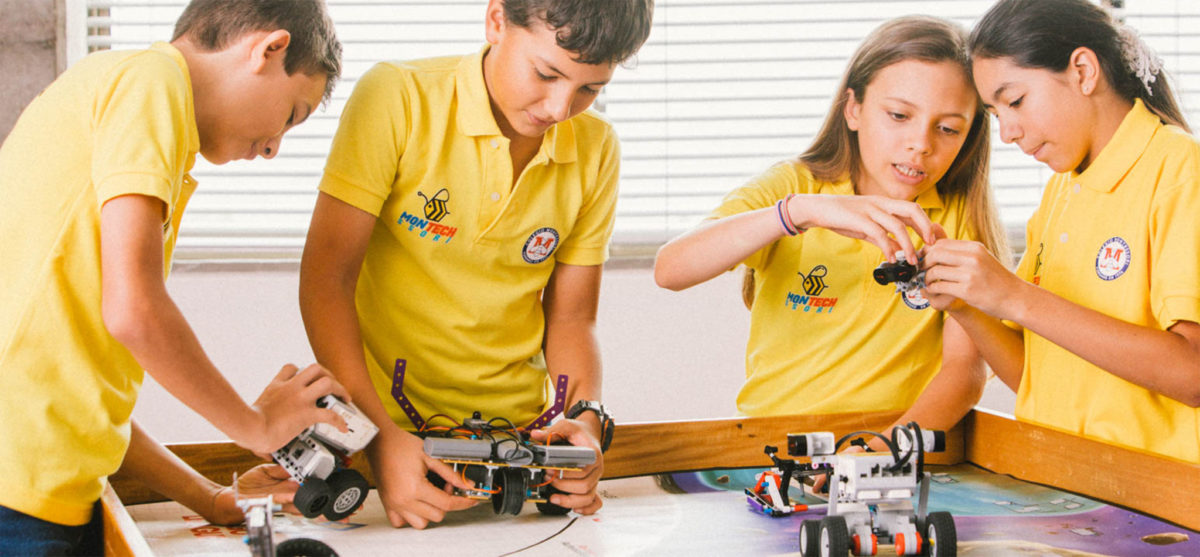E -commerce has become the number one digital tool for companies to differentiate themselves from their competition, thanks to features such as omnichannel models, better user experience, and reduced operating costs.
In a survey carried out by SendCloud , e -commerce has grown 6.7% in the last year thanks to the pandemic. This, taking into account that for the consumer, the experience during their purchase process has become one of the most important factors in making their final decision to carry the product or not.
Even, as a consequence of the quarantines during the pandemic, more than 70% of people in the world began to buy online, generating profits for the companies that were online for about 39,000 USD . These results have led more and more entrepreneurs to transform digitally by creating 100% online ventures that grow exponentially in their first months, according to the Change creator technology and trends magazine .
So how to achieve it and what kind of good practices to implement? To do this, we share these global success stories .
Its initial purpose in 1994 was to be an online bookstore. However, its success transformed the company with online sales of all kinds of products such as appliances, technology or entertainment. It currently has 560,000 users and generates net revenue of $177.9 billion, shipping worldwide. How did they do it?
- Technologies of the Fourth Revolution: implementing technologies such as big data , process automation, and artificial intelligence in its digital processes have allowed this online company to more accurately analyze its users’ data, create more precise algorithms, and be more assertive with the publicity of the services and products that they offer to their final buyer.
- Low prices and fast shipping: Offering different products from different categories with affordable prices, fast shipping and successful navigation and digital experiences in onboarding have been three successful Amazon practices.
Consumers prefer businesses where they have no difficulty understanding where or how to shop, can trust that their money hasn’t been lost, and get their orders as quickly as possible. This improves the perception of service. - Stock availability : they positioned themselves as an e-commerce that has the solution for all kinds of needs. This purpose has led them to create different alliances to be the number one option in delivering what the client really needs.
eBay
This e-commerce website is known for offering auctions of technological products, which include a buyer protection program to offer you a differential service .
The strategy focuses on both B2C and B2B commerce. Buyers can create their accounts for free, but sellers do pay a small fee. Their success has led them to operate online in more than 100 countries around the world, including the United States, the Netherlands and Mexico, thanks to practices such as:
- Experience in the service: the attention and trust that this company has generated to its clients have been key in its growth process. Achieving satisfied and happy customers through the service and experience that the platform offers to its consumers is their first tactic.
- Online reputation: one of their strategies to build trust during the user’s purchase was to build their online reputation . For example, through recommendations, feedback , and product ratings , this e-commerce shows its target audience the best option for the product they are looking for.
- Sales for companies: becoming a channel in which companies also earn money was the solution so that those who had too many unsold products in stock could market at better prices.
Rakuten
Recognized in the world as the Amazon of Japan, this is one of the 10 largest e-commerce companies in the world. In its beginnings it had six employees and currently has 10,000 and operates in 24 countries, including Switzerland, Portugal, Ireland and Austria.
Esto, sumado a que el 90% de usuarios japoneses en internet tienen una cuenta y 40.000 empresas e inversionistas como Pinterest, la selección de fútbol de Barcelona, la NBA o el Golden State Warrios, la han posicionado como una de las mejores plataformas del mundo. ¿Qué acciones han adelantado?
- A través de un sistema de puntos vinculado a las tarjetas de crédito, este e-commerce les permite a los consumidores acumular puntos por compras en su plataforma, una táctica que fortalece la lealtad de los clientes y los motiva a consumir cada vez más productos.
- Technologies such as big data and artificial intelligence have improved the logistics of shipping and delivering products, reinforcing the user’s digital experience and improving the service.
- Strategies focused on Growth hacking for the consumption of electronic commerce in three moments: the first to attract users to the website , the second to activate and generate actions such as browsing the platform or buying and the last, to build customer loyalty and generate happiness with their purchase, have been his greatest source of success.
Omnichannel, user experience and service satisfaction are aspects that Amazon, eBay and Rakuten have in common. Their main objective is not to sell, but to create experiences that make their users feel happy and safe to buy again.














